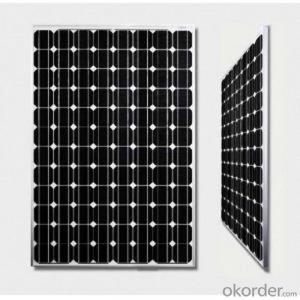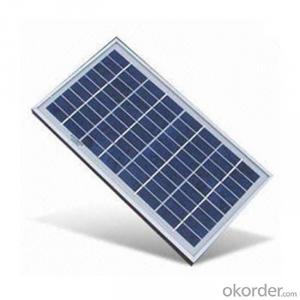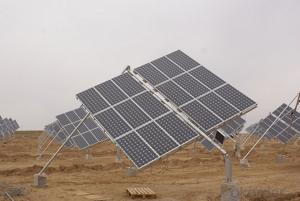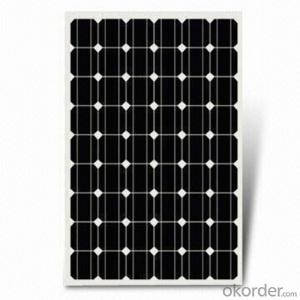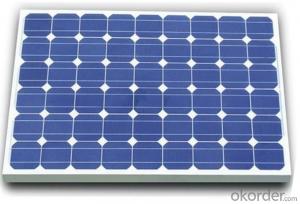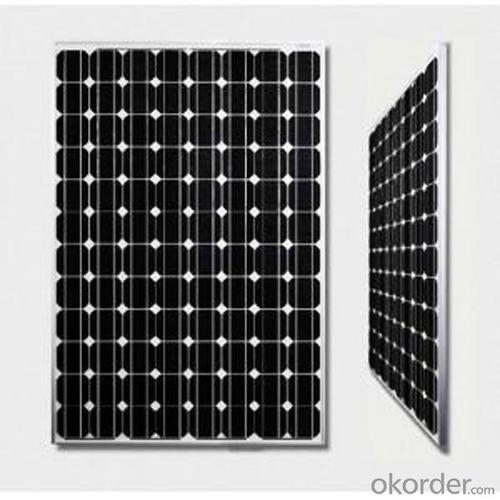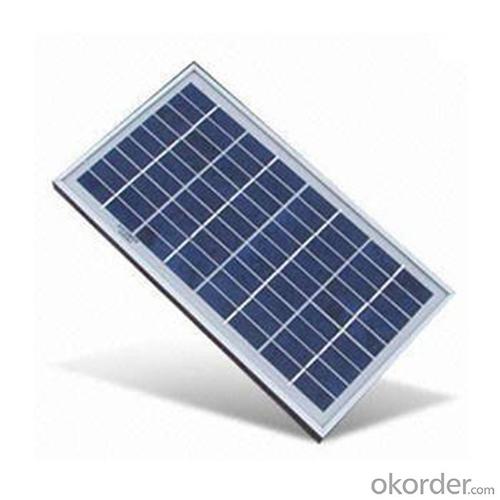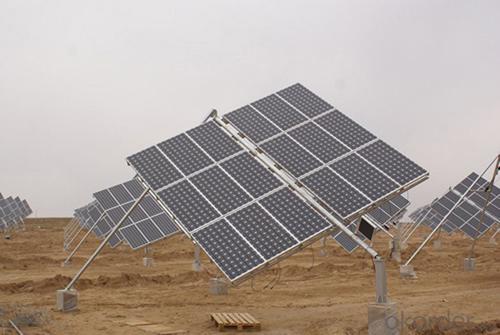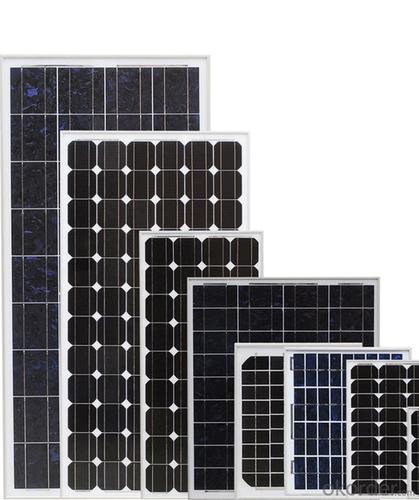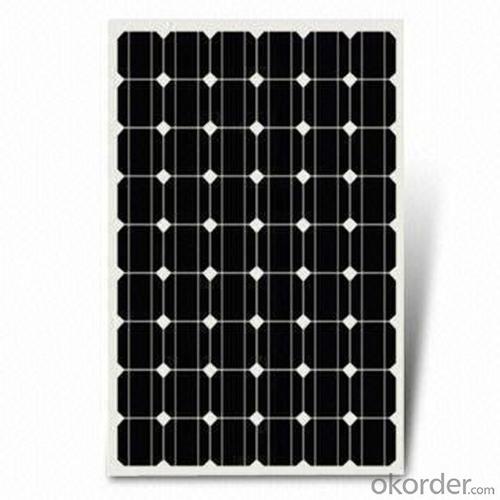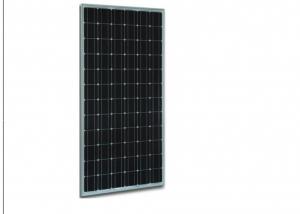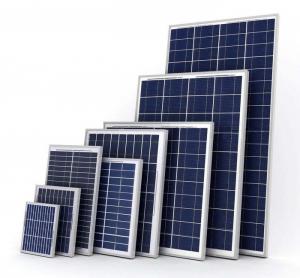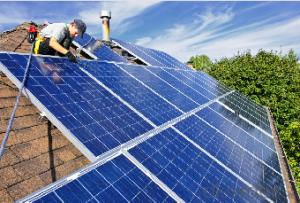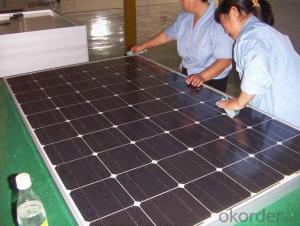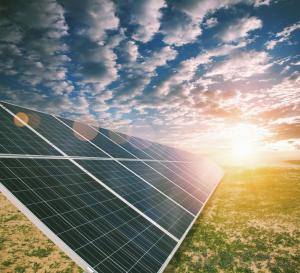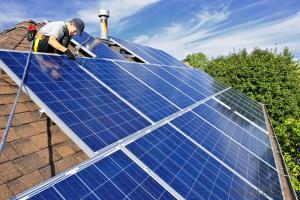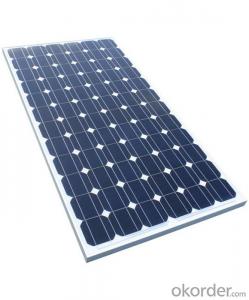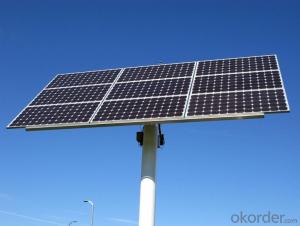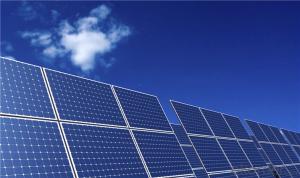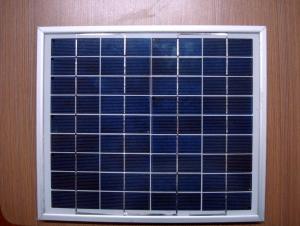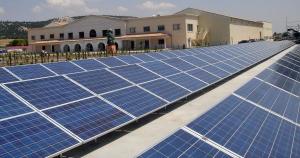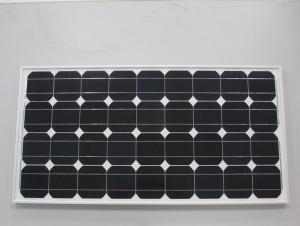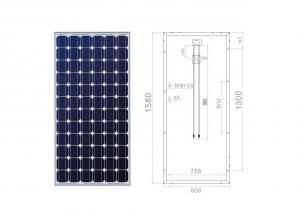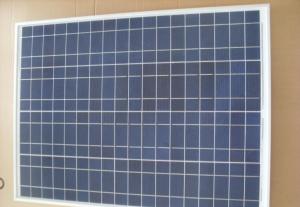Solar Panels Dte 295w A Grade China Solar Panel Manufacturers
- Loading Port:
- China main port
- Payment Terms:
- TT OR LC
- Min Order Qty:
- 10000 watt
- Supply Capability:
- 100000000 watt/month
OKorder Service Pledge
OKorder Financial Service
You Might Also Like
Specification
Description
High cell efficiency PV solar panel with quality silicon material for long term output stability and reliability.
Rigorous quality control to meet the highest international standards.
High transmittance, low iron tempered glass with enhanced stiffness and impact resistance.
Unique frame design with high mechanical strength for easy installation.
Advanced encapsulation material with multilayer sheet lamination to provide long-life and enhanced cell performance.
Outstanding electrical performance under high temperature and low irradiance conditions.
48 Back-Contact monocrystalline Si solar cells (approx. 18.35%).
Our Advantages
Long Service Life
2.High Efficiency Solar Cells
3.Special Aluminum Frame Design
4.High Transmission, Low Iron Tempered Glass
5.Advanced Cell Encapsulation .
Solar System characteristic:
1. All Systems have LCD digital display which allows you to see the system working, (eg) Charge data, System voltage, Daily power consumption and temperature.
2. All type of BPS system both has AC and DC output.
3. All system have automatic switch , If mains power goes off the system will switch automatically over to battery power, When mains power resumes
the system will switch back automatically. The batteries will resume recharging automatically.
4. All inverters are Pure Sine Wave inverters. This allows the use of Air Conditioners and refrigerators without any problem.
5. Each component has a single chip detector. Assembled by the IPM or IGBT of Mitsubishi
This protects the system from Overloads, Low Voltage and Under Voltage (alarm) Over Heating, Short circuit, Reverse Polarity.
Product details show
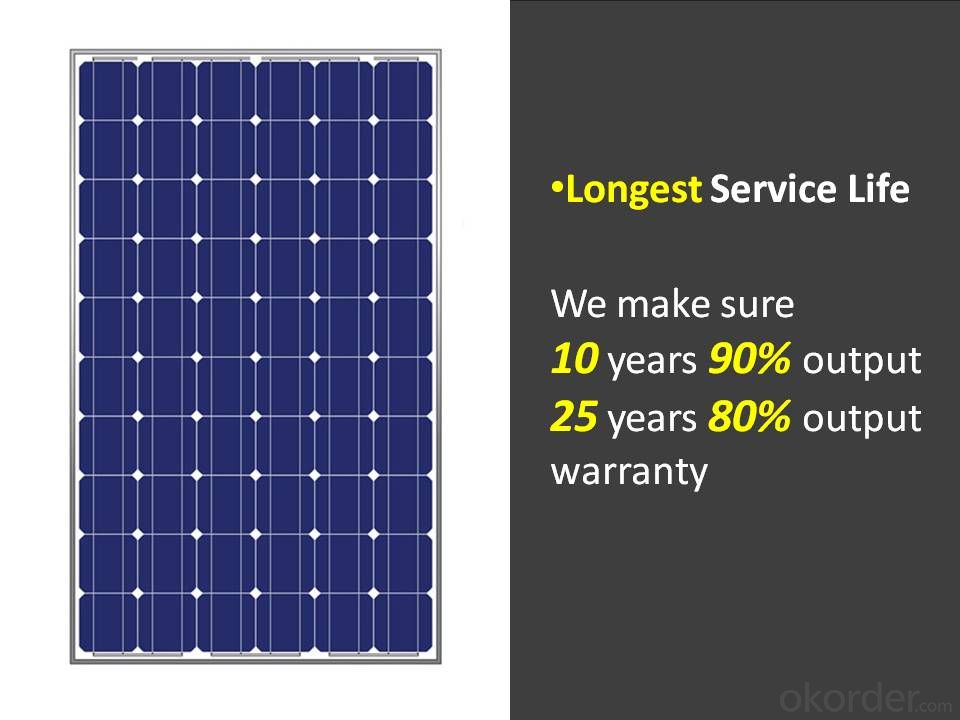
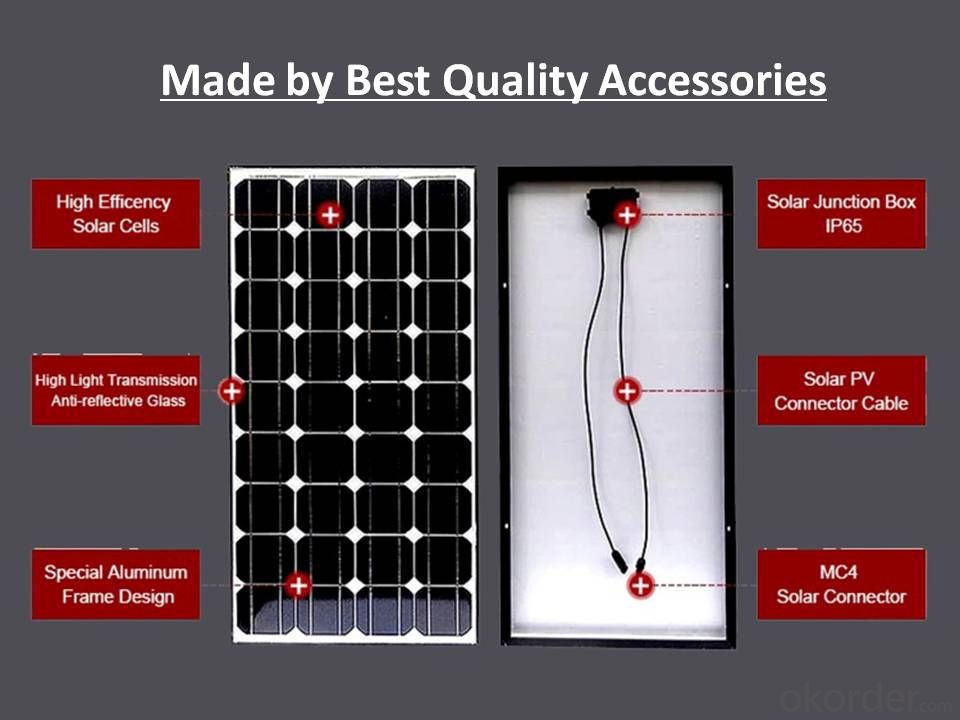
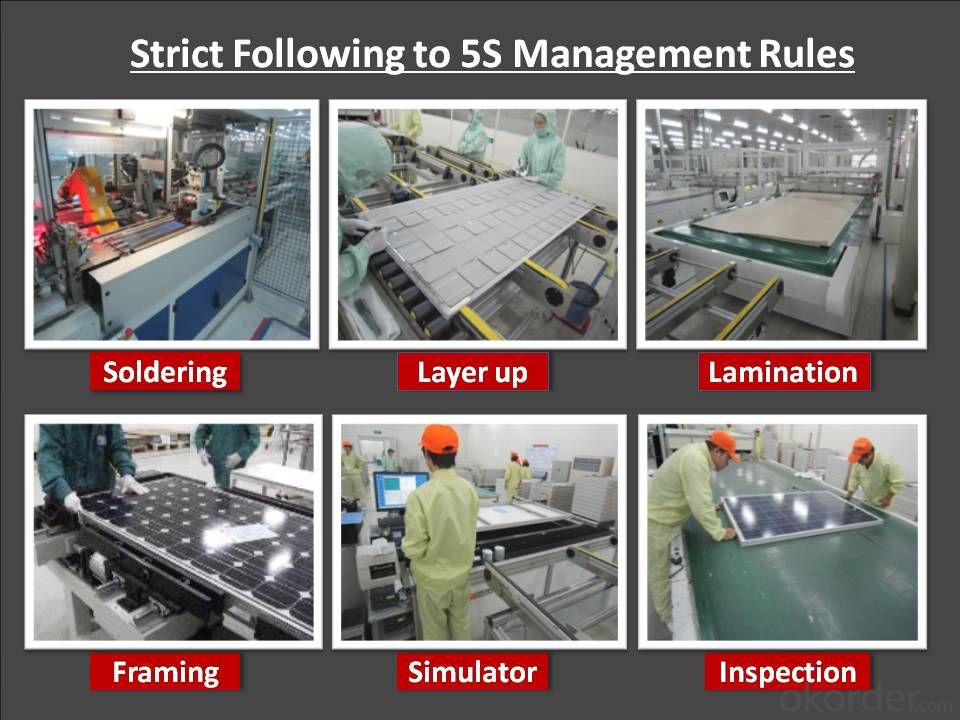
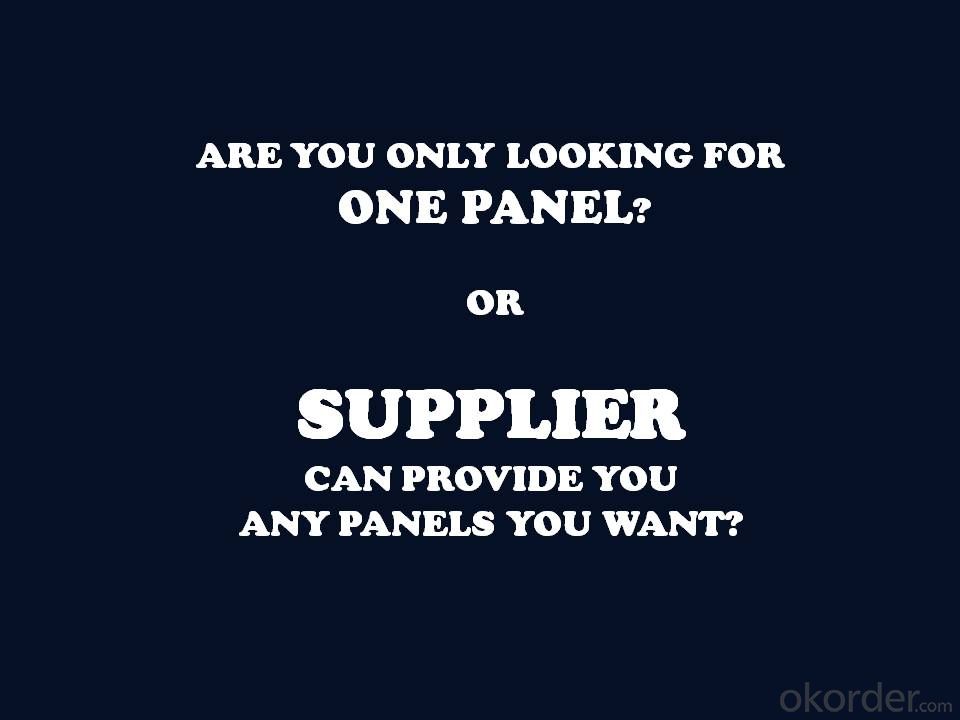
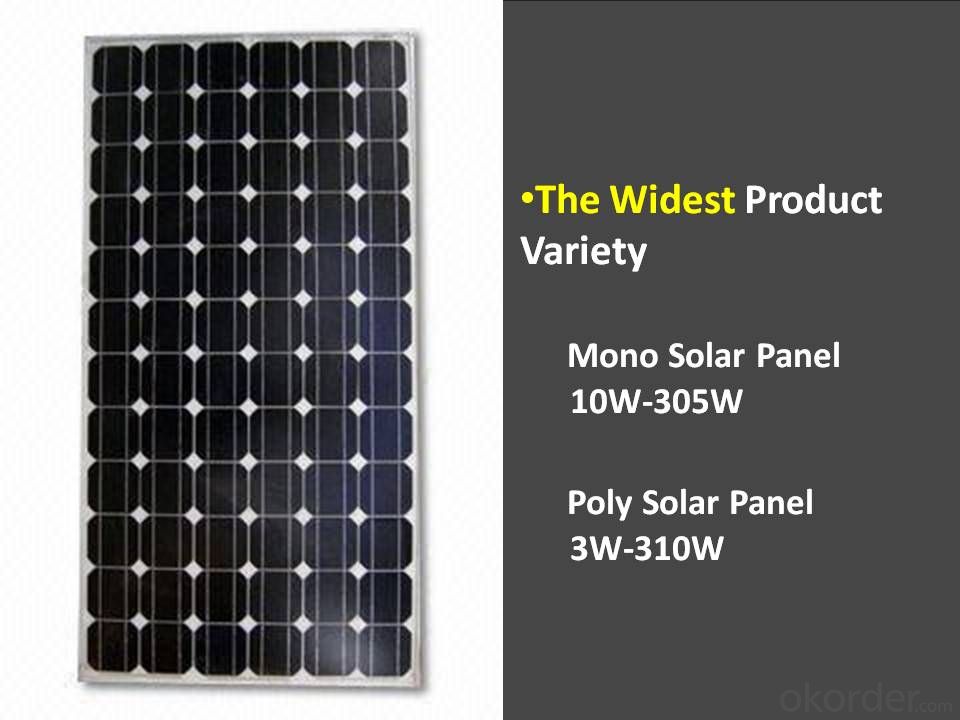

Our Service
1. We will reply with in 24 workingday hours.
2. The size and voltage of solar panels can be customized by customers' requirements.
3. Professional manufacturer. You are warmly welcomed to visit us!
4. We have a professional engineers team, we can answer your questions about our products.
5. Each step after many tests to ensure that the panel can work normally.
6. We will be offer a good discount for big amount.
- Q: The Physics club in our school is trying to convince the Board of Ed to install solar panels in our school, and i was just wondering if anyone with some experience or real expertise in solar energy. I need some points about their usefulness some real pros and cons on maintenance, etc. Anything will help. Personally i would be perfectly for the idea, but i heard that the overall cost of installing them is much higher than the cost of the energy saved and government subsidies, but ive only heard about this.
- nan
- Q: ) what is absolutely needed to hook up a solar panel to grid tie, what permits and/or inspectors are needed?2) if we know how many KWH's we use per month, do we just divide by number of hours per month to find out average KW usage?3) what is an estimated ratio of DC to AC transformation/convertion @ 30 C?4) do the solar panel voltages have to be the same? what would happen if the voltage going into the house is greater/lower than that of the house's defualt voltage5) for added chance of getting 0 pts add some contrators that do business in ohio for installing solar panels or sell them
- The okorder The reference section has all the formulas you are looking for and there is a list of dealers by state, plus various state rebate information. Yes, you can hook up different panels to the same system. There are special controllers that regulate the voltage. I'm more of a hands on nuts and bolts guy so I can't help you with the formulas and engineering explanations. Another great place to get information is Home Power Magazine. You can get the issues online or in print. Thanks for going solar!
- Q: Are there any restrictions or regulations regarding solar panel installations?
- Yes, there are restrictions and regulations regarding solar panel installations. These can vary depending on the country, state, or local municipality. Some common restrictions include zoning laws, building codes, and utility regulations. These regulations may dictate the size, placement, and connections of solar panels, as well as any necessary permits or approvals required for installation. It is important to consult with local authorities or a professional installer to ensure compliance with all applicable restrictions and regulations.
- Q: Can solar panels be installed on a sports stadium?
- Yes, solar panels can be installed on a sports stadium. In fact, many stadiums around the world have already adopted solar energy systems to generate electricity and reduce their carbon footprint. These panels are typically installed on the roof or in parking lots surrounding the stadium, taking advantage of the large surface area available. Installing solar panels on a sports stadium not only helps in generating clean energy but also serves as a visible statement of the stadium's commitment to sustainability.
- Q: Can solar panels be installed on a greenhouse?
- Yes, solar panels can be installed on a greenhouse. In fact, it is a common practice to install solar panels on greenhouses to harness the sunlight for both electricity generation and to provide supplemental lighting for the plants inside. This not only helps in reducing energy costs but also promotes sustainable and eco-friendly practices in agriculture.
- Q: How can I know the right type of solar panel to choose for my small village house in Africa?
- The power output of a solar panel uses a formula to determine kilowatts produced per hour per square meter per day. This calculation is important because, if you plan to install a solar power system for your home, you will want to know how many solar panels will be needed. To calculate solar power requirements correctly, you need to gather the data that is needed for the calculation. First you have to find the average amount of solar radiation available for your area. You can use a solar radiation chart. This can range from a 4 to a 7 depending on the area you live in. Write the number down on a piece of paper and indicate it with the letters RA. Next is determine the amount of electricity that you use daily. Add the kilowatt-hours used per month from your utility bill. Multiply this number by ,000 to get the watt hours in a month. Divide the total by 30 for the amount of electricity you use daily. Write this number down and indicate it with the letters DE. Determine the percentage of your home that you want to power with the solar power system. Write this number down and indicate it with the letter P. Determine the system inefficiency factor for the solar power system. You should be able to find this on the brochure for the system or from the manufacturer's web site. Write this number down and indicate it by the letter I. Determine the power or yield that is required for your home. Use the equation P = I x (DE x P) / RA to find the power requirements in kWh. Divide the number from Step 5 by the peak wattage for a single solar panel to determine the number of panels you will need for your home. Goodluck! :)
- Q: I was thinking of having some installed on our rooftop and was wondering if it would be worth the cost? The house is located in Sac, Cali. The panels would face the sun 2 months out of the year and in the summer roughly 4 hours of straight sun.
- Solar panels are currently selling for between $4 and $6 per watt of rated power output. A typical panel that you might install on your roof would be rated for between 00 and 300 watts and therefore will cost between about $400 and around $500 or so. A complete solar power system also needs some other components and will have some installation costs and so the total installed cost of a solar system is typically in the range of $8 - 0 per watt of rated power. Most home sized systems are rated in the 000 to 0,000 watt range and therefore cost between about $8000 and $00,000 dollars to install. Many states offer rebates and tax savings that can reduce this cost by as much as 50%. These systems will typically generate between about $300 and $2500 worth or electricity per year. Solar panels are expected to last between 30 and 50 years and so these systems will likely generate between $9000 and $20,000 worth of electricity over their life time in current dollars. This will vary widely though based on local electricity costs and may well increase greatly in the future if electricity rates rise.
- Q: I'm looking into buying solar panels, there are all kinds of ranges of energy output...but my question is, when ti says...say 50 watts of power...does that mean 50 watts a day, an hour, a minute, what?
- A 50-watt rating means the panel will produce 50 watts as long as the standard conditions are maintained. So if you had this bright sun and cool temperatures for 6 hours, the panel would deliver 50 x 6 = 900 watt hours, or a little shy of kilowatt-hour. Kilowatt-hours (kWh) is the reading on your electric bill. However, like most advertising, the 50-watt number is not realistic. They assume that the air surrounding the panel is very cold. 25 watts is a better number to use for this size of panel for engineering purposes.
- Q: I have an off-grid 24volt existing system using 8 x 80 watt 2volt, wired at 24volts, mono solar panels with deep cycle batteries,operating now. I have been given a 240 2volt polly cryst. panel. Can I add this panel to existing panels as above. Thank you, dumb solar man
- Assuming that you have / will upgrade wiring sizes to carry the extra wattage, that the new total wattage resulting from the addition doesn't overload any existing charge controller, diodes and / or inverter you have installed, then paralleling it straight into one of the other 2 volt groups should do nothing but add current to the system. True, it will be somewhat imbalanced, but it will work. Your other options would be to reconfigure everything down to it's native 2 V configuration which will raise current and lower voltage, with the additional panel creating the additional current to raise the wattage or to put it in series with the other 4 panel clusters so that you would get 36 V and additional current to account for the raised wattage. One last approach might be to set it up on another battery bank of it's own (small and at 2 V) to then connect to the same inverter. You'd be getting more power and storage capability that way, sort of a partial backup system, really, that will take some of the load off the other components to help extend their useful lives and get a bit more flexibility into it as well. The choice is yours here. That is all the ways that the system can be connected in, assuming everything in the first sentence checks out;-) It's difficult to make a recommendation without knowing what other components are in use and what the maximum ratings they carry are. Just remember that parallel connections add current and voltage stays the same, series connections add voltage and the current remains the same and you can figure out what to do with this thing to help you if you stay within maximum ratings for the charge controller, diodes and / or inverter involved. Good luck and stay safe!
- Q: Can solar panels be used to power swimming pools or hot tubs?
- Yes, solar panels can be used to power swimming pools or hot tubs. Solar energy can be harnessed through solar panels and converted into electricity to operate the pumps, heaters, and other equipment required to maintain the desired temperature and cleanliness of the water in swimming pools or hot tubs.
Send your message to us
Solar Panels Dte 295w A Grade China Solar Panel Manufacturers
- Loading Port:
- China main port
- Payment Terms:
- TT OR LC
- Min Order Qty:
- 10000 watt
- Supply Capability:
- 100000000 watt/month
OKorder Service Pledge
OKorder Financial Service
Similar products
Hot products
Hot Searches
Related keywords
